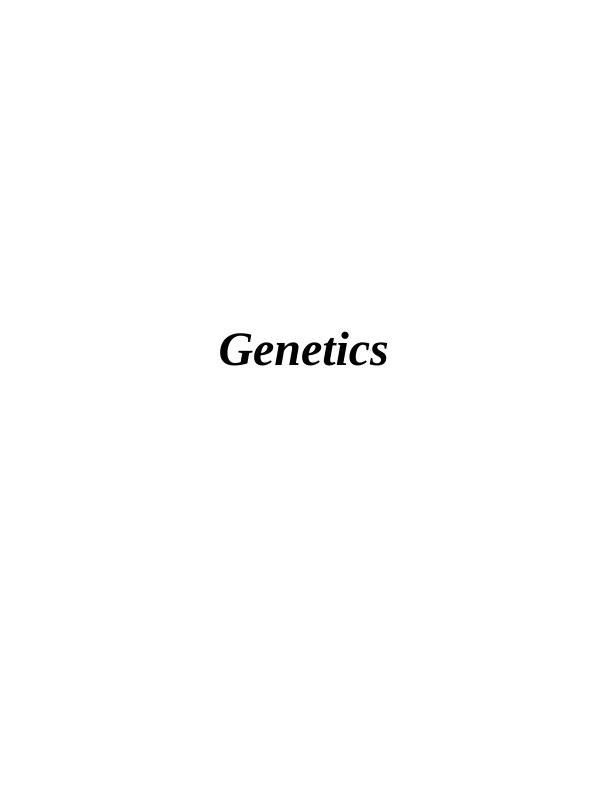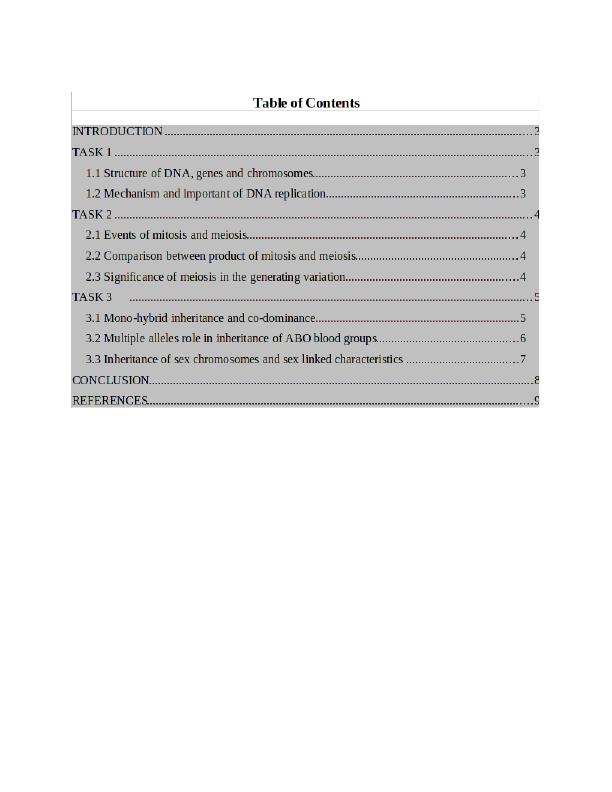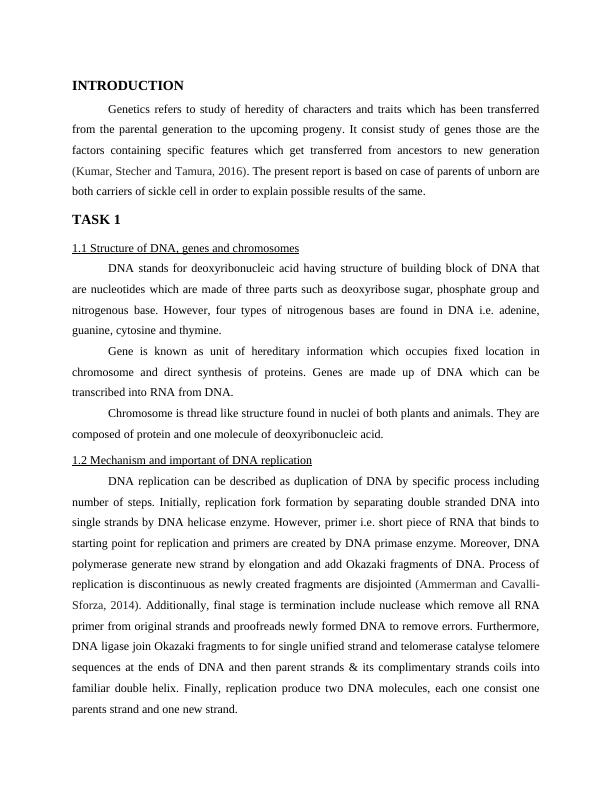Introduction to DNA and Genetics Assignment
9 Pages2657 Words410 Views
Added on 2021-01-02
Introduction to DNA and Genetics Assignment
Added on 2021-01-02
ShareRelated Documents
End of preview
Want to access all the pages? Upload your documents or become a member.
Assignment on Genetics (PDF)
|6
|707
|255
Biochemistry Learning
|5
|1160
|253
Mitosis and Meiosis: Significance and Description
|16
|2332
|210
Cell Biology: Mitosis, Meiosis, and Levels of Cell Organization
|6
|1244
|292
Biological Science: Definitions, Comparisons, Short Answers, Multiple Choices
|13
|1596
|93
Cell Division and Heredity Assignment
|11
|2271
|230



